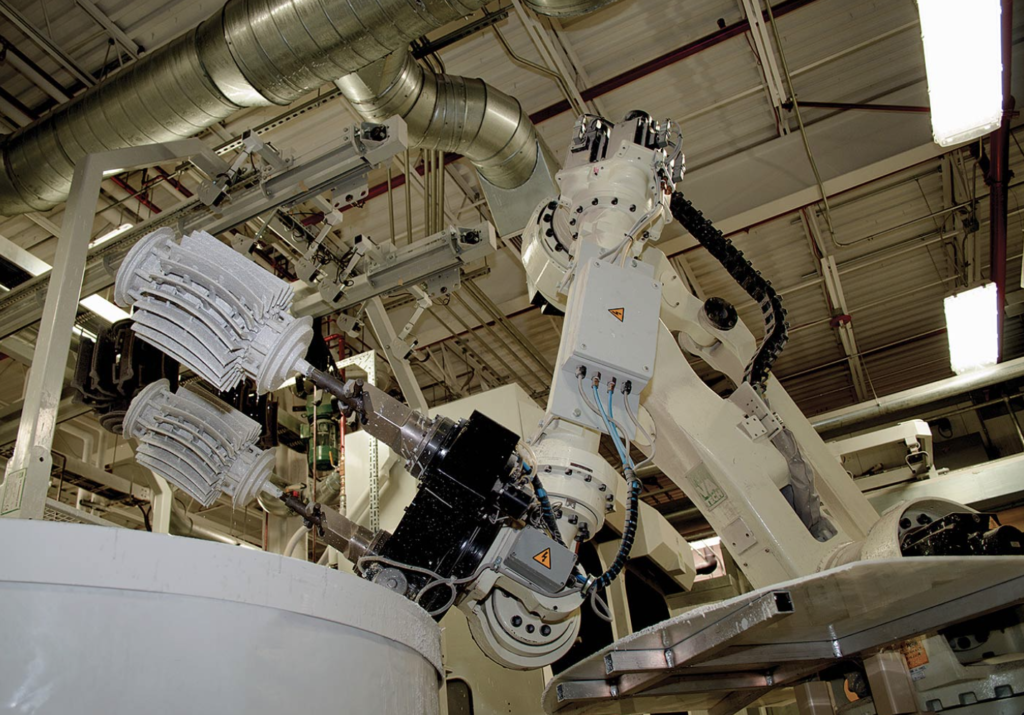Investment casting is the process of producing highly detailed metal parts. It’s primarily known as lost wax casting and has a few advantages over its traditional casting counterparts.
Here are 4 advantages of investment casting.
Freedom of Design
In investment casting, you’re free to choose the design and material, which is typically non-ferrous alloy, cast iron or aluminum alloy. This becomes important for those who need to create a complex part or a part that fits in a complex machine.
It’s worthy to note that investment casting is not limited by shape, thickness and size complexity.
Better Surface Finish
When it comes to producing a surface finish investment casting gets the nod. Its tolerance is generally higher compared to traditional methods, e.g., welded, forged and sand casted materials.
In some instances no other surface finishing is needed. As a bonus, machinists can sometimes add a LOGO or text to the product for branding purposes.
Less Waste
Less waste is better for both the environment and the manufacturer. The net shape in an investment casting is very close and similar to what’s imagined and thus results in minimal waste.
It’s worthy to note that investment casting needs less expensive equipment as well as low mold cost, material consumption and energy. Manufacturers need little investment during the product’s initial stage and can be a very attractive prospect in today’s competitive world.
Fully Customizable
The range of investment casting is impressive as it can achieve both small and large casts relatively quickly. From there, quantity can be as little or as much as you like.
For example, the smallest parts can be done at .1 kilograms of an ounce, while the largest can be up to 100 kilograms. Quantity demands for production in investment casting is very low. A factory can start at just ten pieces and the cost remains competitive regardless of scale.




